11 Survival Tips That May Help You Escape Risky Situations
If you find yourself swept into rapids, you should hold onto the first fixed object you find and not stand up, like Mark Lyons did. These survival hacks are not just for the most extreme cases because even demisting your car windscreen is important for avoiding a serious road accident. So, if you are an avid explorer or see yourself more as a homebody, it is important to be prepared for any situation you may find yourself in.
For this reason, Bright Side has created a list of essential tips for all kinds of trouble you may find yourself in, from a trip to the beach to finding water in an emergency.
1. How to survive a waterfall plunge
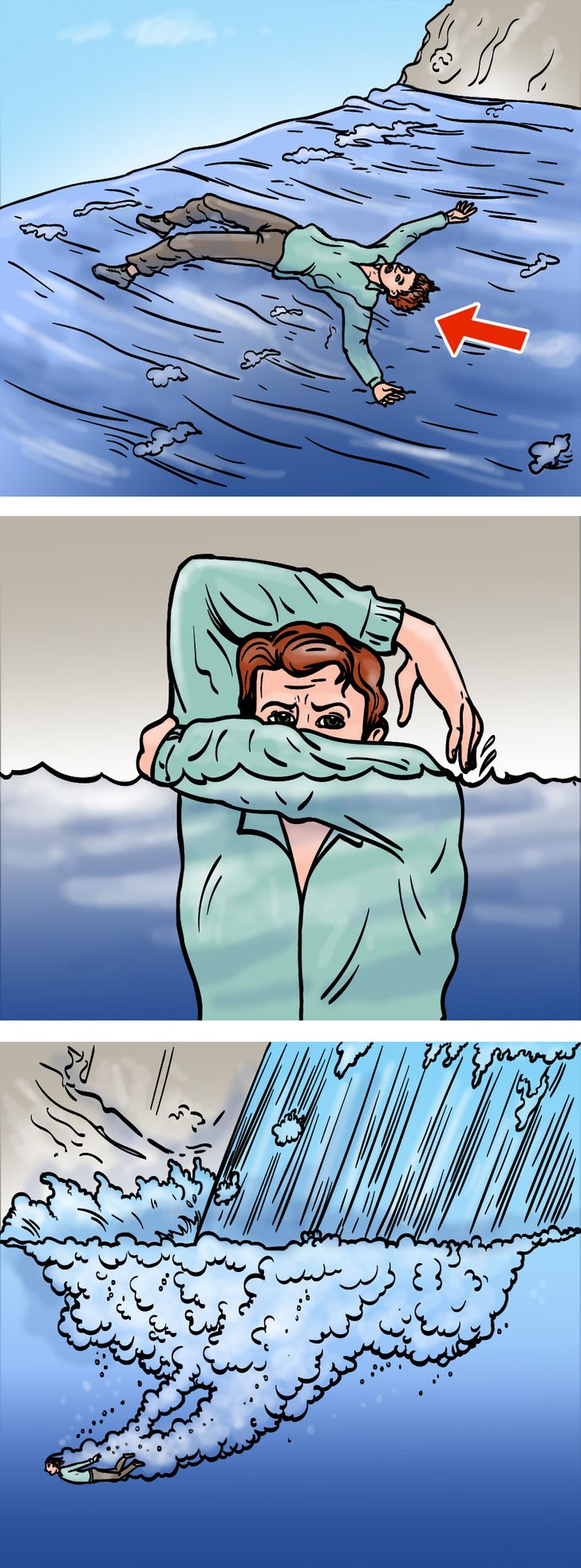
2. How to survive falling into rapids
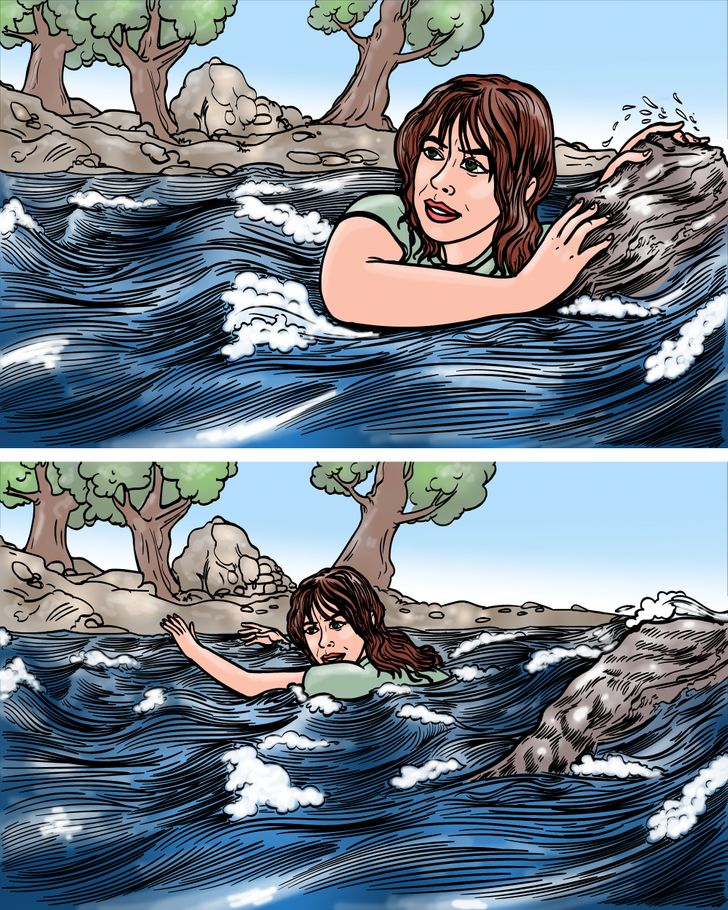
First, you should grab ahold of anything you can find around you, like a bolder or log, as soon as possible, to stop yourself from being dragged into further danger. Even if the water is shallow enough, you should not stand up and try to walk to the shore, because you may be dragged down by the current again. You should first try to swim down river to the nearest shore.
3. How to escape quicksand
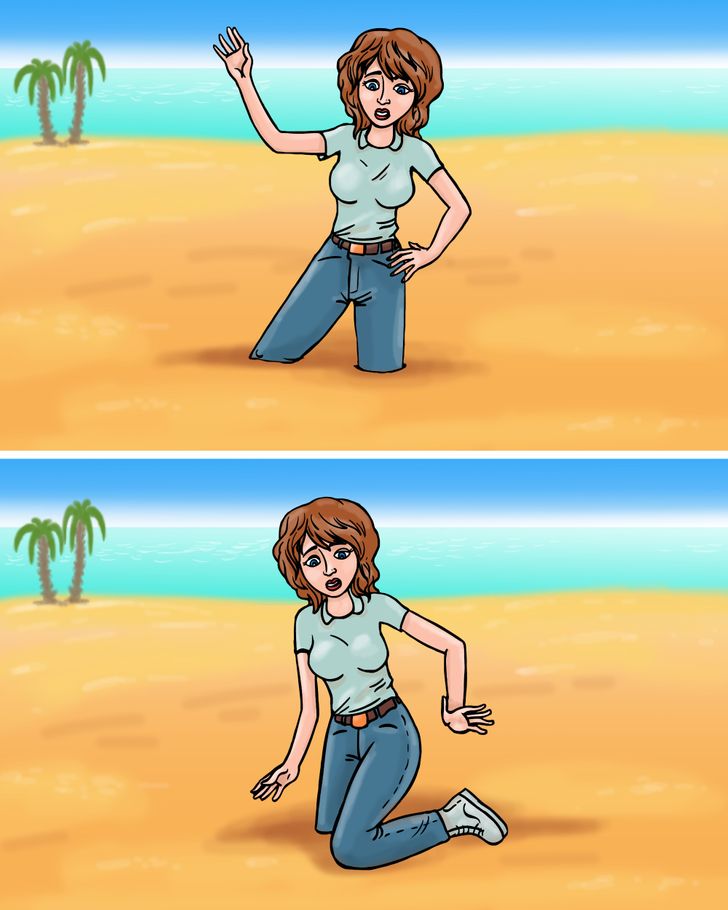
Put your weight onto your right leg and with your left leg, shake your foot so that you can slowly bring it up to the surface and place your knee on top of the sand in a kneeling position. With your weight now on your left kneeling leg, shake your right leg by leaning forward until you can bring it up in a kneeling position, and move off the sand.
4. How to make a seep well for fresh drinking water
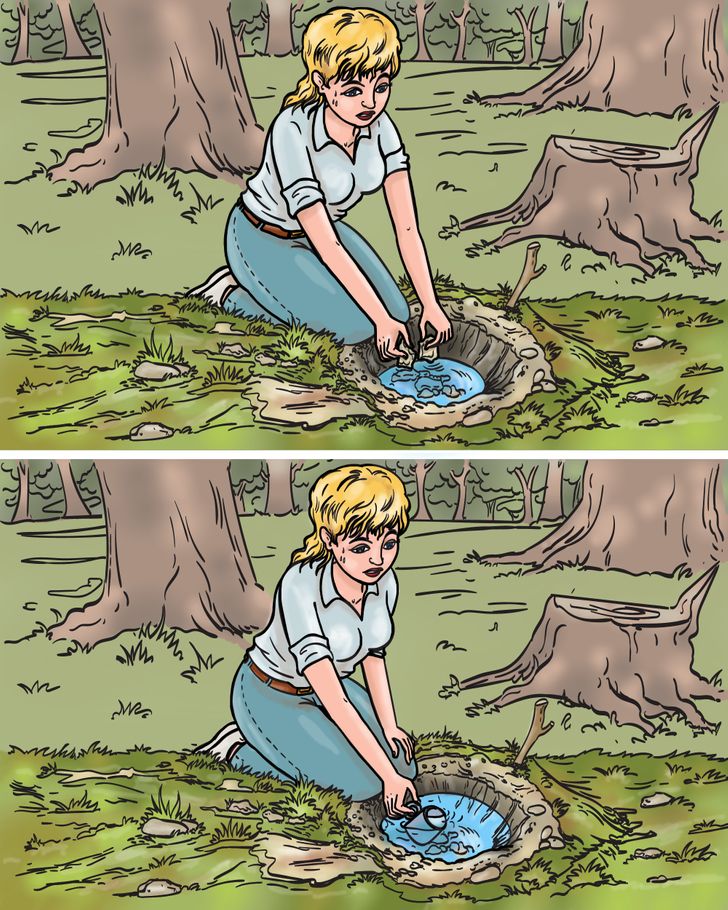
By making a seep well you can find and replenish your water supply. This tip is perfect for forested areas. First find an area with dark or damp soil, which may mean that there is water underground. Dig a hole about 2 ft wide and 1 ft deep before lining the side and bottom with stones which will prevent the dirt from mixing with your freshwater when you dip into it.
5. How to demist your car windows
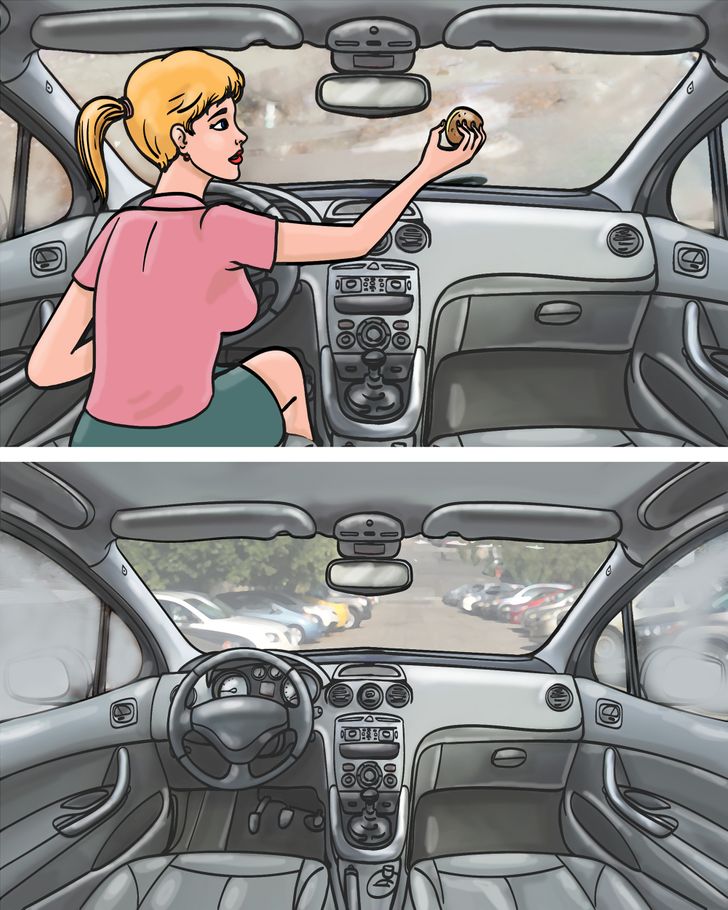
Rub a halved raw potato on the inside of your windshield using the fleshy part, making sure that the starch is evenly spread across the glass. Once it has dried, your window will stop steaming up because of the starch now on your glass.
6. How to steam your food in the wild
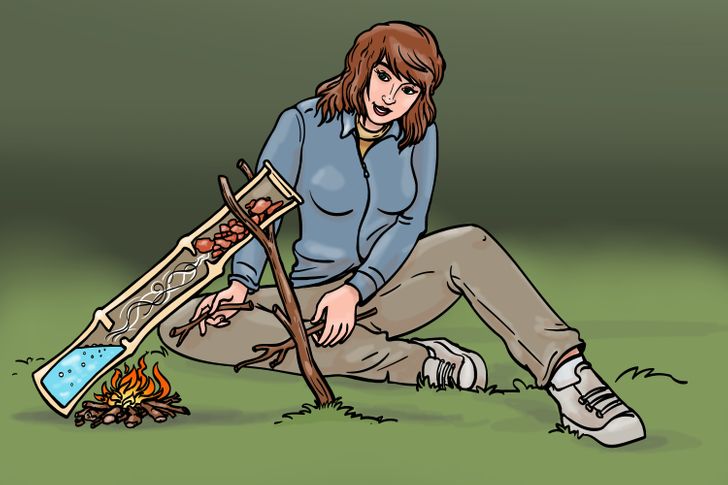
7. How to build a toilet
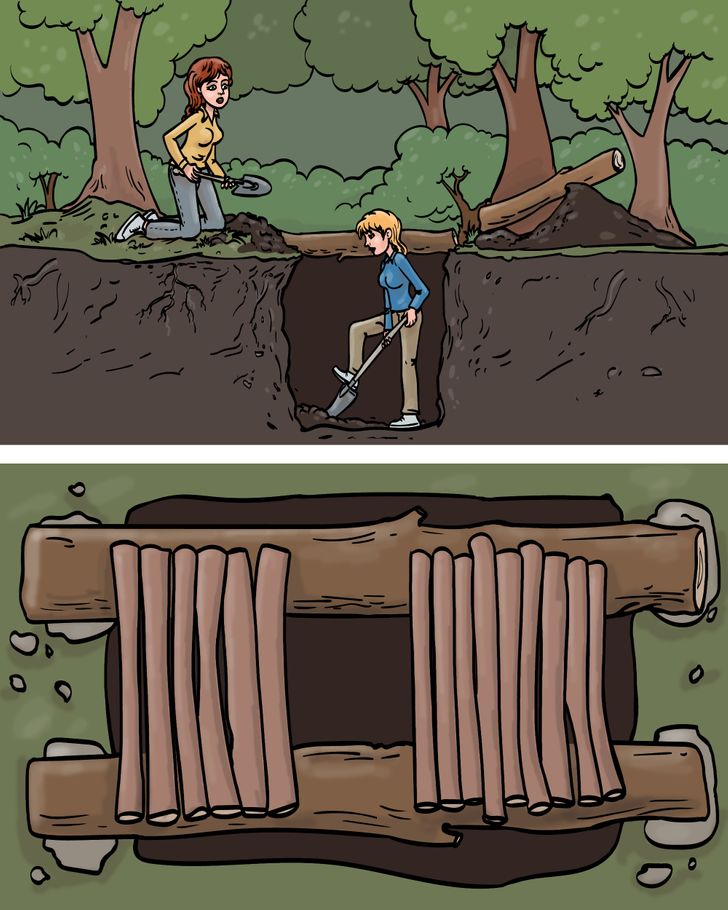
First dig a trench that is 4 ft deep and 18 in wide, and use logs or stones with earth to build up the sides and make it a comfortable sitting height. Next place logs across the opening, leave a gap for use, and cover with a lid. Cover the logs with wood ash to seal the gaps and keep flies away.
- Top tips: Do not use a disinfectant in the toilet area, even if you have one, because it will destroy the useful bacteria that break down the waste, meaning it will start to stink very quickly!
- Replace the lid often to stop flies from circulating bacteria between the latrine and your camp food.
8. How to make soap in the wild
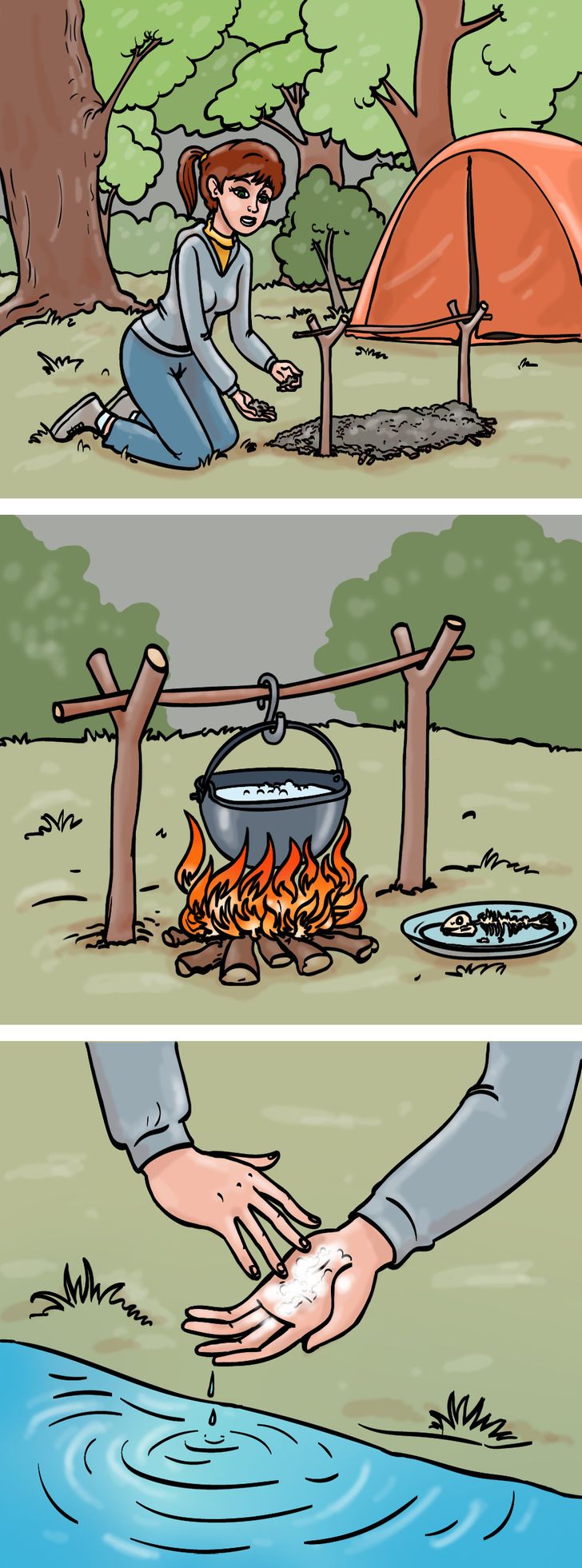
The 2 ingredients that are needed for soap are oil and alkali. The oil can be animal or fish oil and the alkali can be made of the ash of burnt wood or seaweed. You need to wash the ash in water and strain it with the oil before simmering it until all the liquid has evaporated, then leave it to cool.
9. How to tie 4 must-know knots
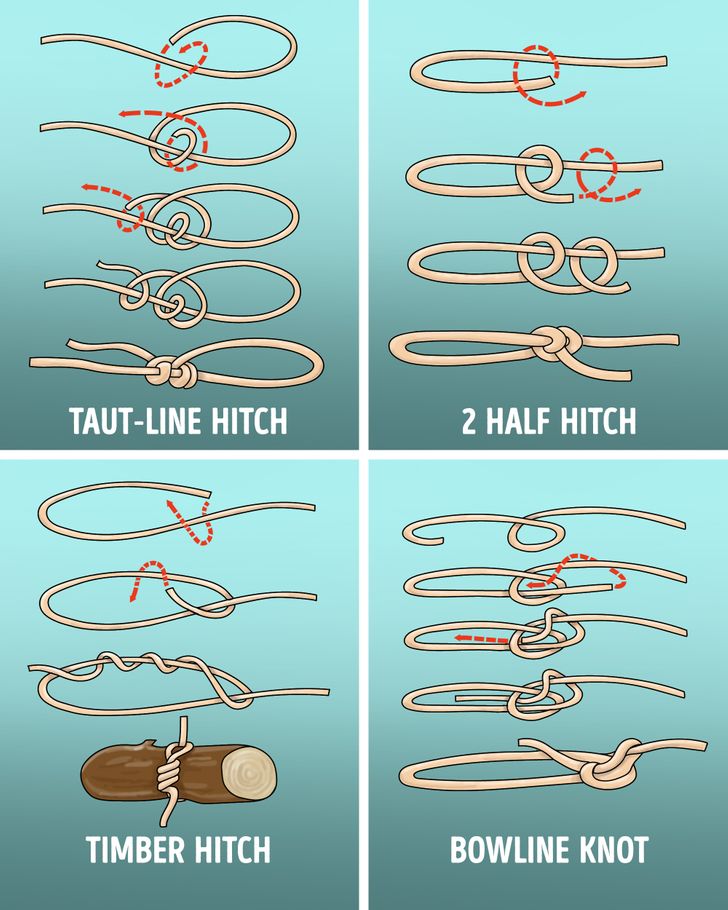
- The taut-line hitch knot is adjustable and ideal for tent guy lines or tidal moorings.
- The 2 half hitch is a quick basic knot that is useful for tying with other ropes.
- The timber hitch knot is for lifting and towing objects, like heavy logs.
- The bowline knot creates a strong loop that can be used when boating or around the waist as a rescue line.
10. How to make a “roller spring snare”
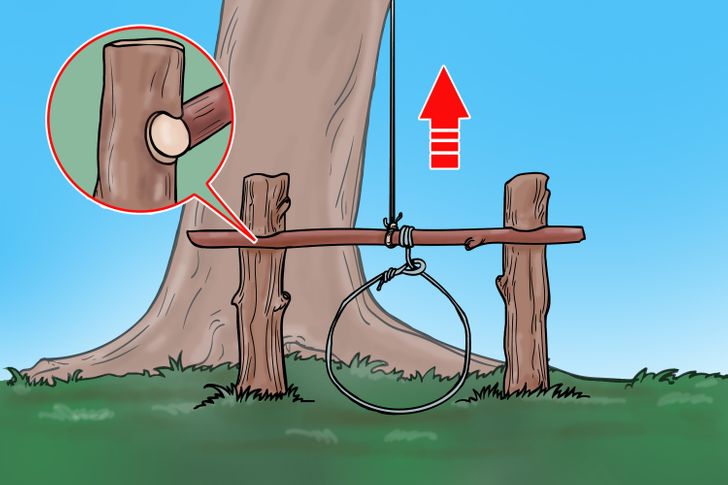
Hold a horizontal branch in place by creating notches in 2 posts dug into the ground and use a rope tied to a tree to keep it secure. Next you need to tie a noose from the horizontal branch using the bowline knot, the same knot we showed you above, so that it hangs to the ground to catch food. This snare is ideal for small animals like rabbits and foxes.
11. How to use a heat reflector
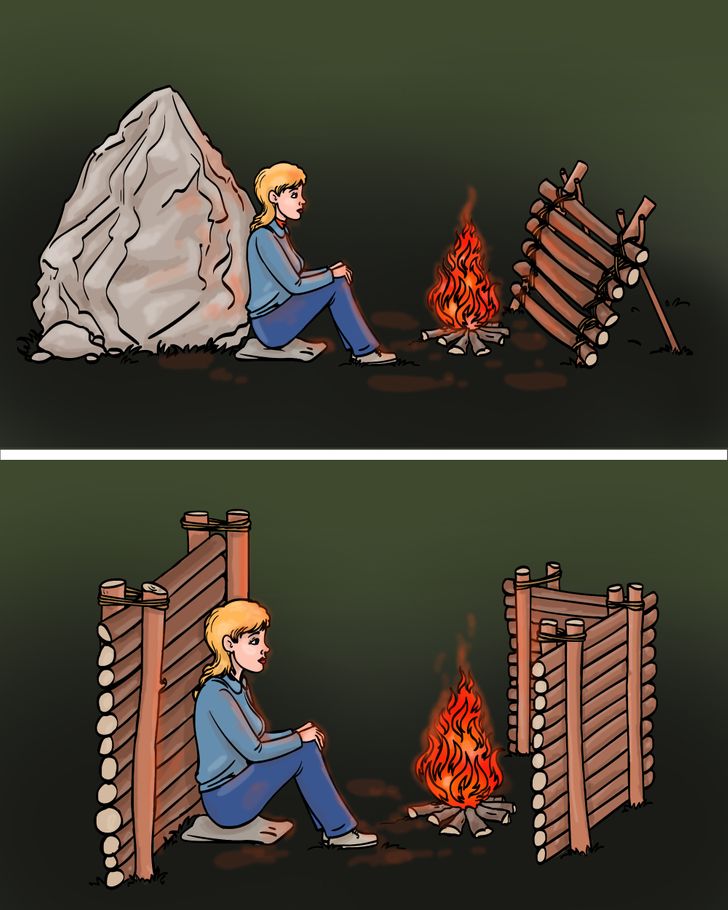
- A heat reflector close to a fire will direct the heat back you, as well as move the smoke upward. This can be useful for directing heat into a shelter.
- Sitting against a rock or tree with a heat reflector behind the fire means that your back will be heated as the rock or tree acts as a second reflector.
- If there isn’t a rock or tree to use as a natural heat reflector to sit against, then you can make your own, with another behind the fire to direct as much heat as possible back at you.
Who has heard of any unbelievable survival stories? Is it you, perhaps, who has used your knowledge to escape a risky situation without a scratch?










